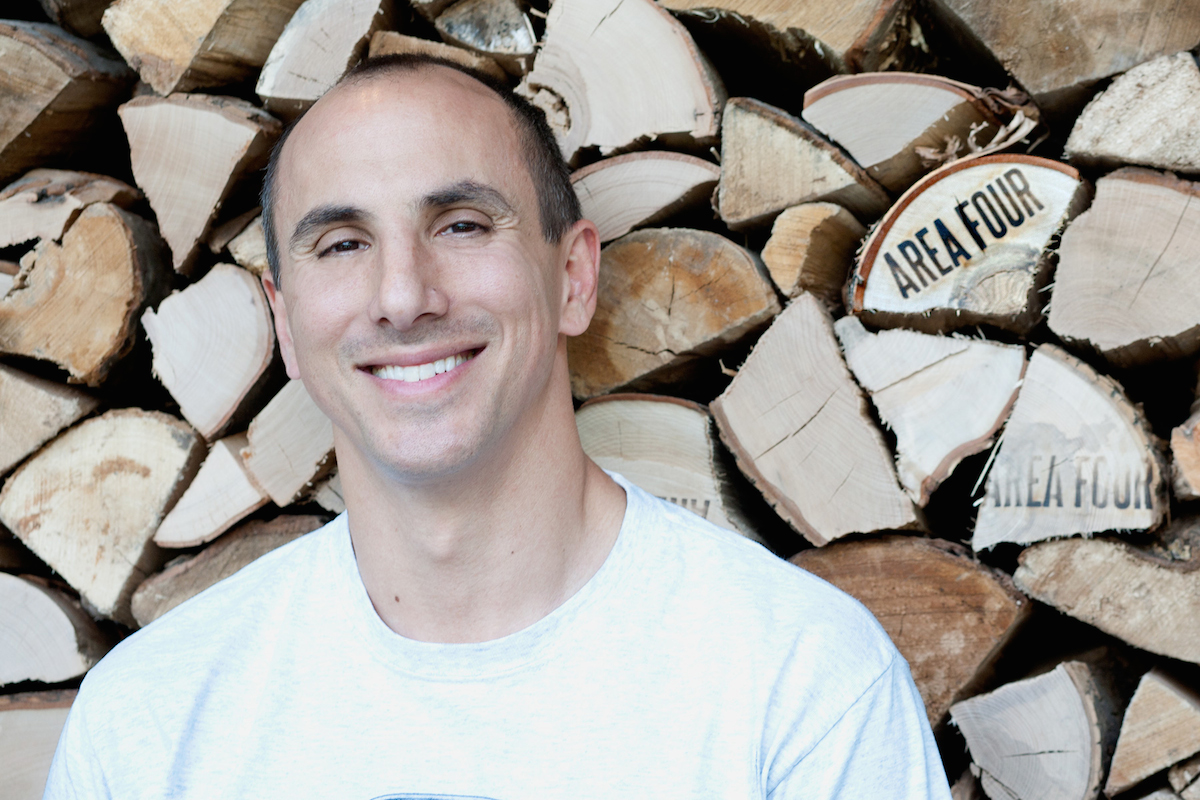The Local newsletter is your free, daily guide to life in Colorado. For locals, by locals.
Many of us have been conditioned to think that we’re getting a better deal if we buy inexpensive products. The less money we spend, the more we have to save for the future. But when it comes to food, you get what you pay for. Or so says Boston chef and eight-time James Beard Award nominee Michael Leviton, who’s speaking at the Chefs Collaborative Sustainable Food Summit in Boulder this week to discuss the “true cost of cheap food.” He gave us a preview of his expansive talk in advance of the summit.
5280: If you had to explain it in a quick spiel, what is the true cost of cheap food?

Michael Leviton: At the end of the day, the way we raise food in this country has a lot of hidden costs. There’s a relentless drive for efficiency, a focus only on efficiency and dropping costs. All those pig farmers in North Carolina and in Iowa that are polluting water, land, and air aren’t held accountable for those costs but what we see is cheap bacon. The sustainability movement has this elitist taint to it, but if we truly—like we did with tobacco, like you’re starting to see with sugar—held those folks accountable who are doing things the wrong way, the economic imperative would be not to cheat but to do things the right way.
You break down the cost of food into six categories: environmental, microeconomic, macroeconomic, government funding, living wages, and a healthy food supply. Obviously all these factors lead into the cost, but which one do you lead with when you’re trying to explain the problem to people?
The easiest one to grasp is health. If you look at the diet-related diseases that are killing us these days, a lot of them can be traced back to the food system: what we’re raising and how we’re raising it. Health care companies should have a lot of interest here because if they’re focused more on wellness, that saves us and them significant amounts of money down the road. The two easiest ways to wellness are diet and exercise—total no-brainers—but what does all the marketing say? The marketing’s like, Oh, go to the all-you-can eat buffet for $5.99, get two large pizzas, a liter of Coke, and some god awful dessert for $5.99. Even the organic industry is very much to blame here. What are they making? Organic Oreos. Everyone’s focusing now on healthy fast food. That’s a step, but we could just be eating better than that anyway.
Can you talk a little bit about the macroeconomic versus the microeconomic concerns?
The macroeconomics stems from public policy, mostly subsidizing corn and soybeans. That’s pretty stupid; we don’t need more corn and soybeans. What we should be subsidizing are small and midsize farmers who are trying to scale up a little bit while doing the right thing. We’re creating a generation of farmers who are not much more than indentured servants. They borrow money from the company to buy their seed, but in order to farm this huge plot of land with minimal labor, they have to get great big machines, which are fabulous but cost hundreds of thousands of dollars. Next you have to buy more seed and the way you farm the seed is with fertilizers and pesticides. None of this is doing anything good to replenish the topsoil, which is what we need. The ripple effect is enormous.
On the microeconomic level, I’m referring to each of us as a consumer.
Where should we be getting our food or what food should we be eating?
All of this comes down to voting with your pocketbook. If you live in a nice upper-class community and your biggest worries are should we go to Jamaica or should we go to Disney World this year, then you can shop at Whole Foods or your local food co-op or farmers’ market and get yourself a CSA share. Those are easy if you happen to have a certain degree of economic attainment, but it’s different for another huge swath of the population. I don’t know how to solve that other than for me to push other chefs to push for a different system, one where the true costs of food are identified. If we can solve the things that get us to a different food system, a lot of the things that come along with that will help solve the other issues.
What are some of the initiatives you’re most excited about to help fix this issue?
It’s not just about what to buy and how to cook it but also how to use your voice as a chef to communicate these imperatives to your customers as well as back toward the people we get our ingredients from. As chefs and food professionals, we’re uniquely positioned to be a major voice in this landscape. We’re positioned in the middle of the proverbial food chain between the farm and the consumer and have unique power going in both directions. At the end of the day, the tipping point is going to come when we have enough consumers on board. The more we can do to educate them, not hammer them over the head with it but at least [get them] to think about it, that’s what’s going to sustain the movement. Little baby steps by lots and lots of people every day is what’s going to create that change that we need.
Follow editorial assistant Mary Clare Fischer on Twitter at @mc_fischer.








